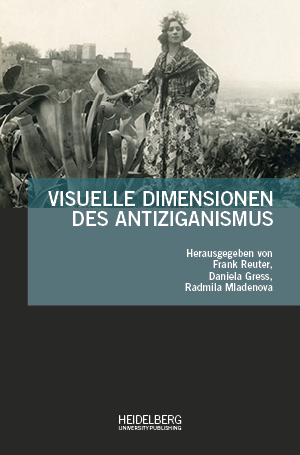How to Cite
License (Chapter)

This work is licensed under a Creative Commons Attribution-ShareAlike 4.0 International License.
Identifiers (Book)
Published
Die „schöne Zigeunerin“. Ästhetische Strategien der Verklärung und Denunziation
Abstract „Ziganophilia,“ the opposite term to „antiziganism,“ describes a complex of associations with „Gypsyism“ that have consistently positive connotations. In addition to the virtuosity of musicians and the freedom „high on the green chariot“ (Thomas Mann), these include first and foremost the metaphor of the „beautiful gypsy woman,“ an indestructible stereotype of literary and pictorial representations. What at first glance seems to relativise the validity of antiziganism, however, turns out on closer reading to be its perfidious affirmation. For the strategies used to justify the extraordinary beauty of the „Gypsy women“ reach deep into the metaphors of exoticism: the beguiling nature of beauty turns out to be the downside of an irrevocable orientation towards nature, a conspiratorial relationship with evil, and a fatal tendency to dissolve gender norms. It is a fatal beauty that ultimately plunges into misery those who let themselves be dazzled by it.






